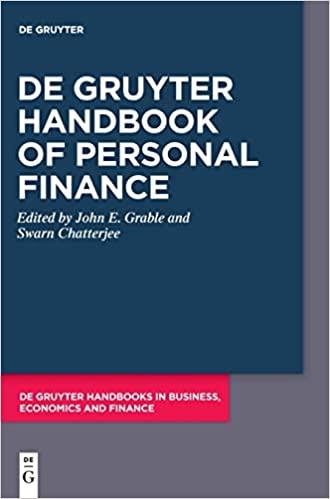The table, Ei: , shows the dividend per share paid in 2007 and 2017 for three companies. For each company. estimate the compund annual dividend growth rate over this decade. The compound annual growth rate of dividend stream for Procter \& Gamble is \%. (Enter as a percentage and round to two decimal places.) Data table Calculate the following: a. The future value of a deposit of $210 left in an account paying 4% annual interest for 11 years b. The future value at the end of 6 years of a $1,000 annual end-of-year deposit into an account paying 3% annual interest a. The future value, FV, on a deposit of $210 left in an account paying 4% annual interest for 11 years is $ (Round to the nearest cent.) The historical returns for two investments-A and B-are summarized in the following table for the period 20 to 2020, . Use the data to answer the questions that follow. a. On the basis of a review of the return data, which investment appears to be more risky? Why? b. Calculate the standard deviation for each investment's returns. c. On the basis of your calculations in part b, which investment is more risky? Compare this conclusion to you observation in part a a. On the basis of a review of the return data, which investment appears to be more risky? Why? (Choose the best answer below.) A. Investment A and investment B have equal risk because the average returns are the same. B. The riskier investment appears to be investment A, with returns that vary widely from the average relative to investment B, whose returns show less deviation from the average. C. The riskier investment appears to be investment B, with returns that are closer to the average relative to investment A, whose returns are farther from the average D. The riskier investment appears to be investment B, with returns that vary widely from the average relative to investment A, whose returns show less deviation from the average. Data table Kate Berry will not invest unless she can earn at least a(n) 8% return. She is evaluating an investment opportunity that requires an initial outlay of $2,500 and promises to return $5,000 in 8 years. a. Use present value techniques to estimate the IRR on this investment. b. On the basis of your finding in part a, should Kate make the proposed investment? Explain. a. The yield on this investment is \%. (Enter as a percentage and round to two decimal places.)










